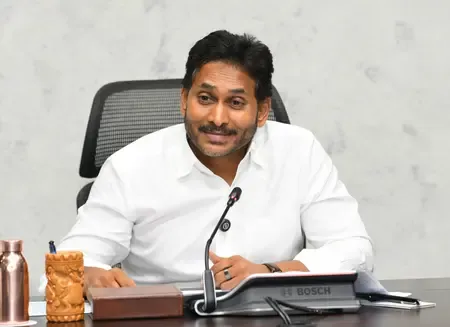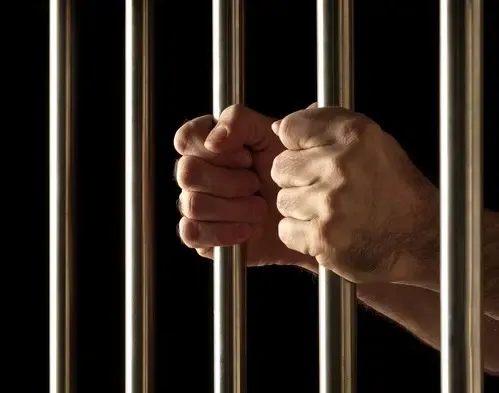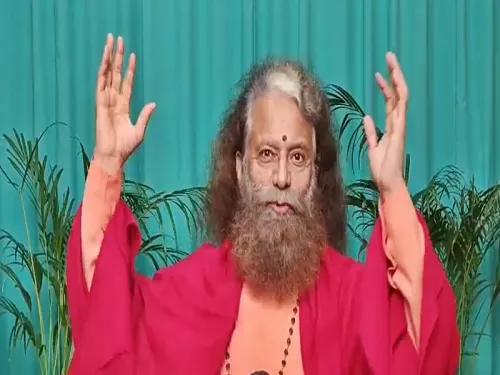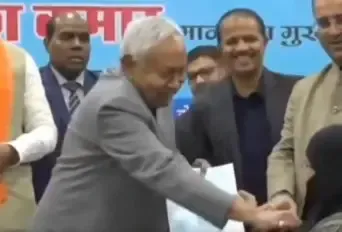BJP Presents Data on Household Savings and Wealth to Challenge Congress's Assertions
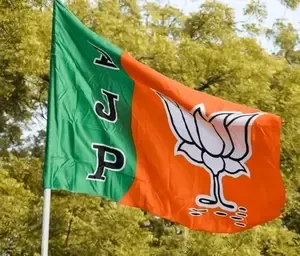
Synopsis
Key Takeaways
- The BJP presents data refuting Congress's claims about income inequality.
- Household debt is rising due to more borrowers, not increased individual debt.
- Wealth generation has benefited rural entrepreneurs significantly.
- Average household spending on food is now below 50% of total expenses.
- Improvements in living standards are evident, with greater access to basic amenities.
New Delhi, Feb 9 (NationPress) The BJP has published a factsheet showcasing data on household savings and wealth generation in India to counter the Congress’s assertion that during the Modi administration, real wages have decreased and household savings and consumption have diminished, while the burden of debt and income inequality are on the rise.
The factsheet emphasizes that the rise in household debt is not a result of escalating indebtedness per borrower, but rather reflects an increase in the number of borrowers, indicative of enhanced credit access. The notable drop in net household savings alongside a rise in liabilities is attributed to Indians investing in physical assets like real estate and automobiles.
The report also mentions that the growing number of education loans and increased spending on experiences contribute to this trend.
In response to Congress's claim regarding rising income inequality, the factsheet indicates that under the Modi regime, income brackets have broadened, with an 8.1% increase in the Rs 5–10 lakh category and a 3.8% rise in the Rs 10–20 lakh category.
Additionally, wealth accumulation has reached rural areas, with 9 out of 10 rural entrepreneurs being first-generation.
As investments in real estate rise, there has been a 21% increase in the average price of residential units across the top seven cities, as noted in the report.
The factsheet highlights that for the first time since independence, average household expenditure on food has dipped below 50% of total monthly spending due to rising incomes.
Nationwide, the urban-rural gap in Monthly Per Capita Consumption Expenditure (MPCE) has decreased to 70% in 2023-24 from 84% in 2011-12, indicating a narrowing of the rural-urban divide.
MPCE has increased across all social groups, with the most significant growth seen among Scheduled Tribes (ST) and Scheduled Castes (SC), contributing to the reduction of historical inequalities.
The Gini Coefficient, a measure of consumption inequality, has seen a decline across major states. The bottom 5% of the rural populace experienced an impressive 22% growth in monthly consumption expenditure, as indicated by the factsheet.
Remarkably, even the poorest 5% of households now spend above the poverty line, with rural MPCE at Rs 1,677, surpassing the poverty line estimate of Rs 1,622, according to an SBI report based on the Suresh Tendulkar methodology.
Furthermore, the implementation of GST has led to a decrease in the prices of nearly all household goods, resulting in a minimum of 4% increase in total household savings, as per the factsheet.
The BJP asserted that Congress’s claim of worsening income inequality in India compared to the British Raj is based on a World Inequality Lab report fraught with methodological flaws and data issues.
The quality of life has improved significantly, with 97% of households having access to electricity, 70% enjoying better sanitation facilities, and 96% accessing safe drinking water, according to NFHS-5 (2019-21).
Over the past nine years, 24.82 crore Indians have risen out of Multidimensional Poverty, with the Poverty Headcount Ratio declining from 29.17% in 2013-14 to 11.28% in 2022-23.
Moreover, 36.3% of individual ITR filers earning less than Rs 3.5 lakh in FY14 have transitioned to higher income brackets, with 15.3% moving to Rs 3.5-5 lakh and another 15.3% to Rs 5-10 lakh, while 4.2% have progressed to the Rs 10-20 lakh category.
Additionally, 21.1% of gross income from individuals earning below Rs 4 lakh has shifted upwards, with significant gains in the Rs 5-10 lakh (7.1%) and Rs 20-50 lakh (2.9%) brackets, as noted in the factsheet.
The number of individuals earning over Rs 100 crore has risen from 23 in FY14 to 136 in FY21; however, their proportion of total income has decreased from 1.64% to 0.77%, suggesting a more equitable income distribution.


